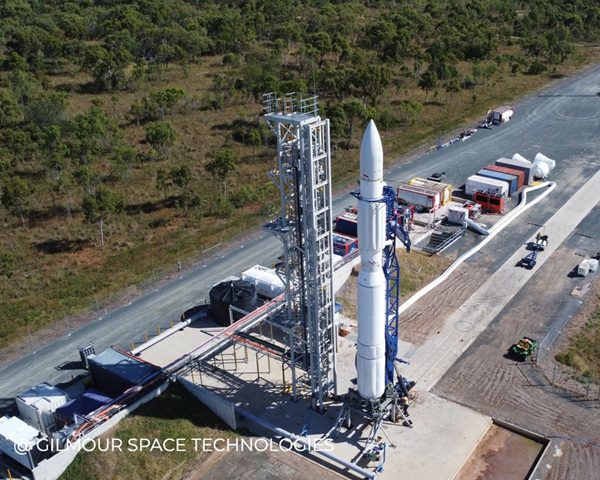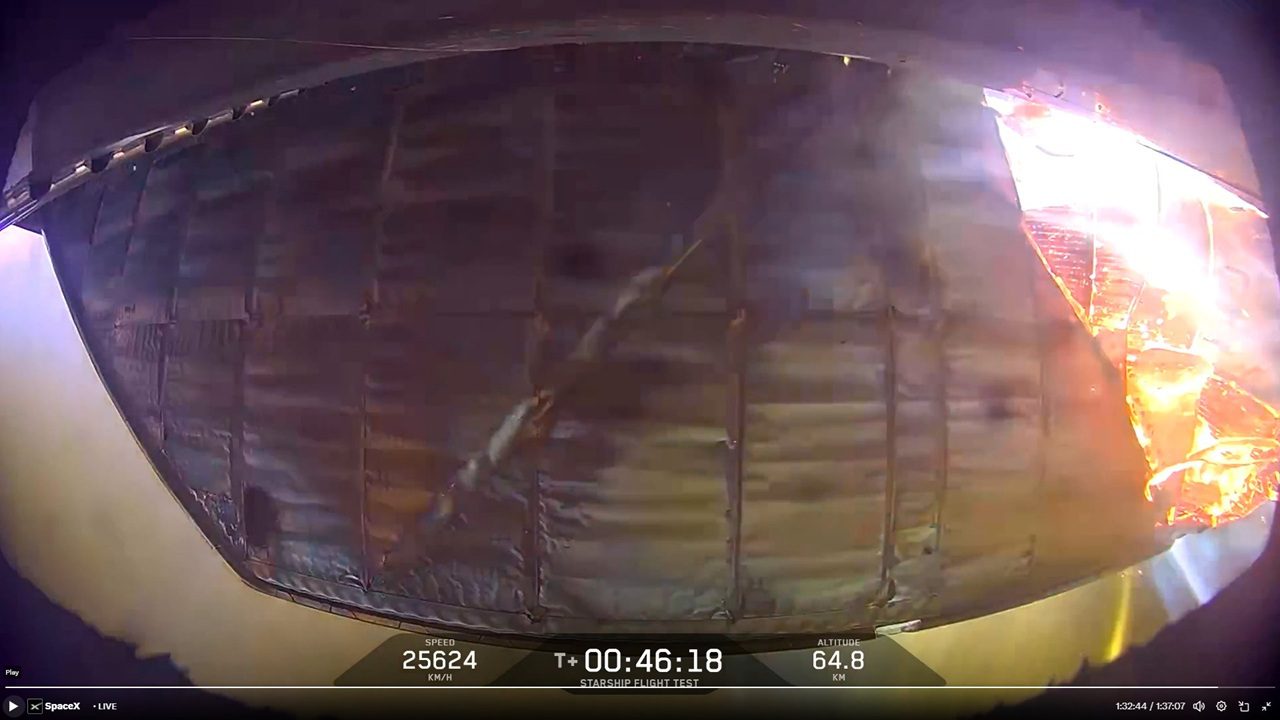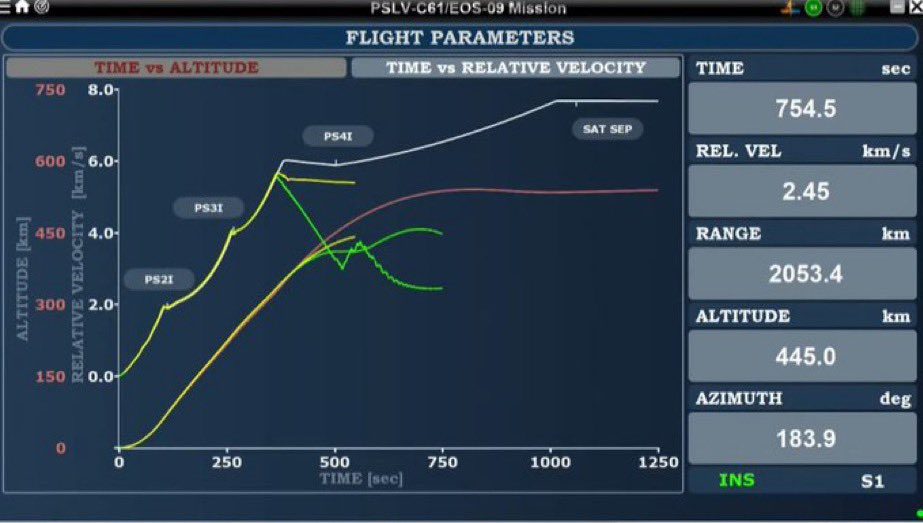International Launch Services (ILS) used its workhorse rocket, the Russian-built Proton M, to successfully launch the Amazonas 5 communications satellite in a commercial launch. The launch took place from the Pad 39 of the Baikonour Space Station at 1923 GMT on 11 September 2017.

Poster for ILS Proton launch of Amazonas 5. Courtesy: ILS
The first three stages of the Proton Breeze M utilized a standard ascent profile to place the Breeze M upper stage and the Amazonas 5 satellite into a suborbital trajectory. The Breeze M then made a series of firings to first achieve a circular parking orbit, then to an intermediate orbit, followed by a transfer orbit, and finally to a geosynchronous transfer orbit. Separation of the Amazonas 5 satellite occurred at approximately 9 hours and 12 minutes after lift-off.
The Amazonas 5 satellite is built by SSL (Space Systems Loral) using its SSL-1300 bus/platform. It has a high throughput Ka-band payload with 34 Ka-band spot beams which will be used for broadband service in South America, Central America and Mexico. It also has a Ku-band payload with 24 transponders for fixed satellite services for television, corporate networks and other telecommunications applications in South America and Central America. Amazonas 5 will be located at 61 degrees west in the Geostationary arc for its operations.







